10 Expert Jambalaya Cooking Tips to Perfect Your Mardi Gras Feast
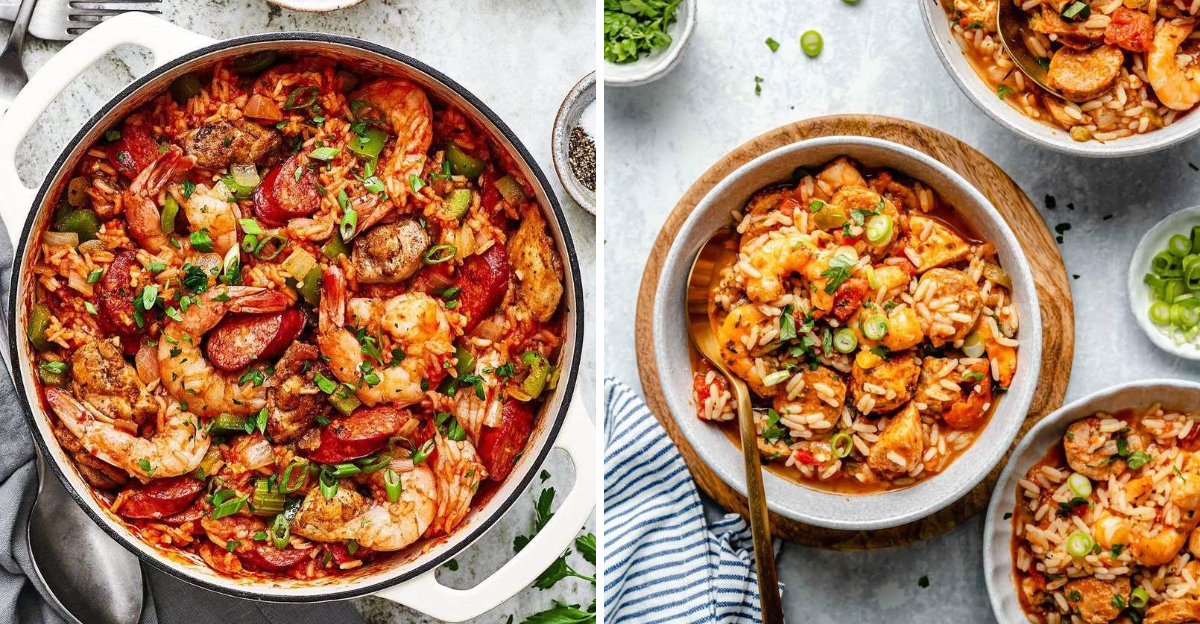
Create a Mardi Gras feast that will wow your guests with these 10 expert jambalaya cooking tips. Jambalaya is a classic Creole dish that brings together a rich blend of flavors and textures. Whether you’re a seasoned chef or a cooking enthusiast, these tips will help you elevate your jambalaya game. Enjoy the vibrant celebration of Mardi Gras with a dish that’s both traditional and exciting.
1. The Holy Trinity
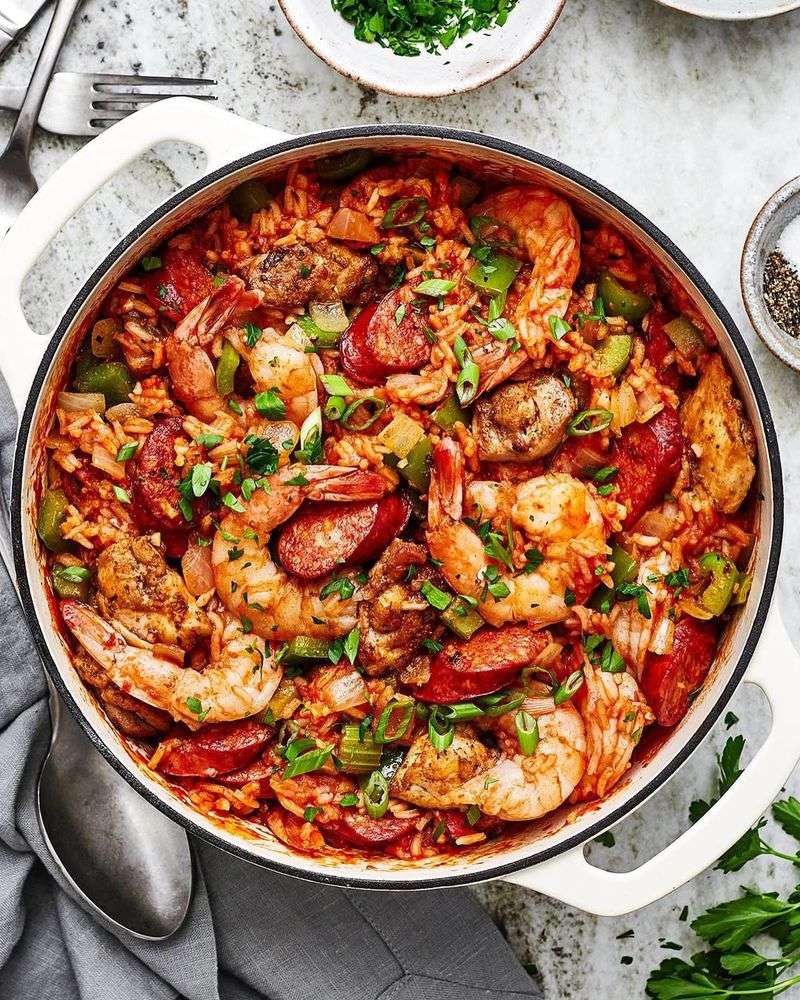
The foundation of any authentic jambalaya lies in the Holy Trinity of Cajun cooking: onions, bell peppers, and celery. These three vegetables provide the base flavor profile that defines the dish. Sauté them until they’re soft and fragrant to unlock their full potential. Adding them in the right proportions ensures a balanced taste. For a traditional touch, use green bell peppers for a slightly bitter edge that complements the sweet onion and crisp celery. Balance is key, so don’t rush this step as it sets the tone for your entire jambalaya.
2. Choosing the Right Rice
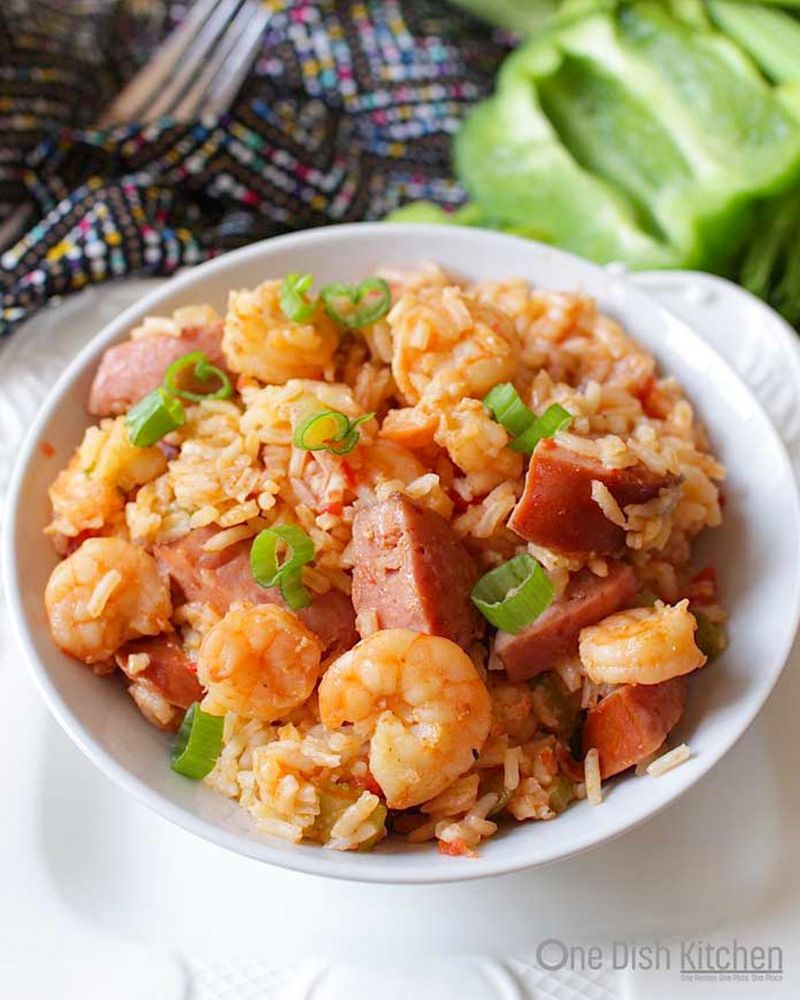
Rice plays a starring role in jambalaya, so selecting the right type is crucial. Long-grain white rice is traditional, absorbing flavors without becoming mushy. It’s important to rinse the rice before cooking to remove excess starch, which can make the dish sticky. Opt for a quality brand to ensure consistency and avoid using instant or parboiled rice, as they won’t soak up the broth’s rich flavors as effectively. This step contributes to the authentic texture and taste of the dish. Remember, the right rice can make or break your jambalaya experience.
3. The Perfect Protein Mix
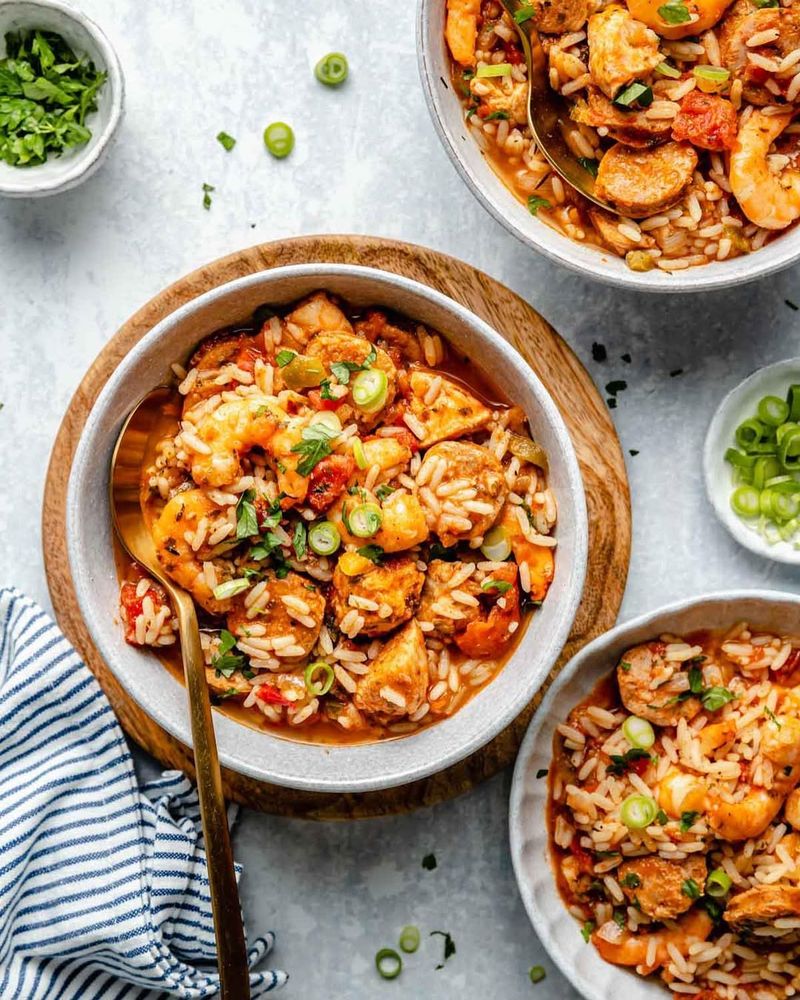
Jambalaya is renowned for its hearty mix of proteins. Traditional recipes often include chicken, sausage, and shrimp, which offer a delightful contrast in flavors and textures. Consider seasoning each protein separately before cooking to enhance their natural flavors. Use spicy Andouille sausage to introduce a smoky heat that complements the tender chicken and succulent shrimp. Remember to add the seafood towards the end of cooking to prevent overcooking. This careful layering of protein ensures each bite is uniquely delicious and satisfying.
4. Layering the Flavors
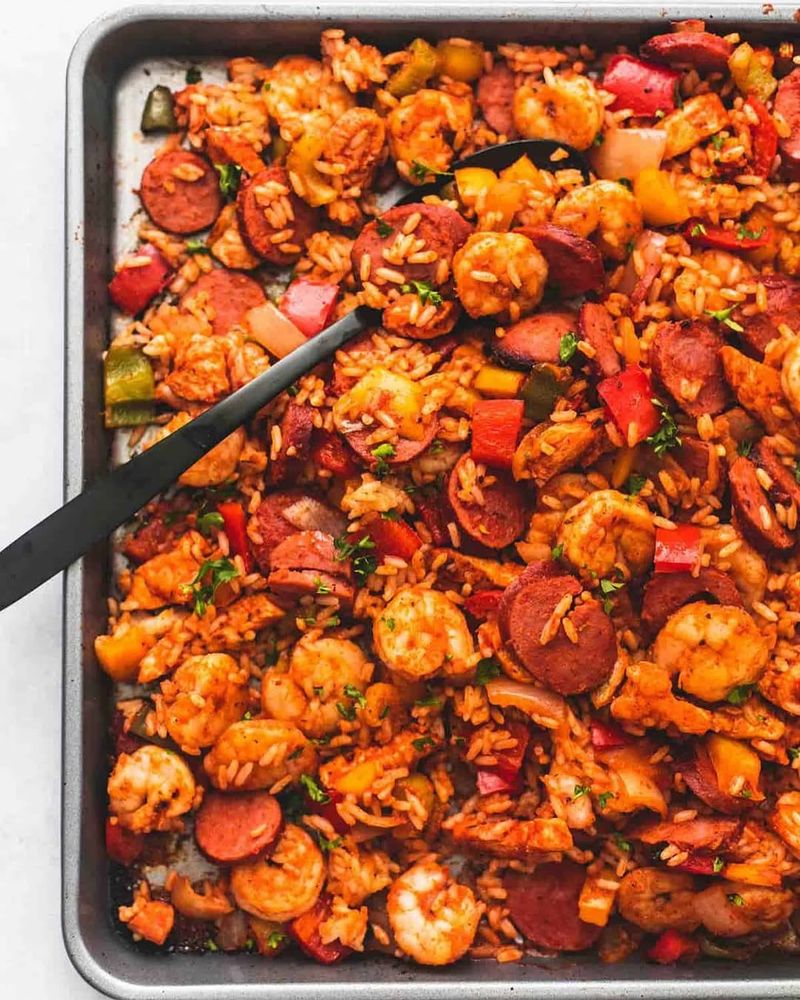
Creating a depth of flavor in jambalaya requires patience and attention to detail. Start by browning the proteins to develop a rich fond at the bottom of the pan. This browned layer forms the base for the dish’s complex taste. Deglaze the pot with broth or wine, scraping up the flavorful bits. Slowly build the dish by adding vegetables, spices, and rice in stages. This method allows each ingredient to meld beautifully, creating a harmonious and rich tapestry of flavors that defines true Creole cuisine.
5. The Spice Mix
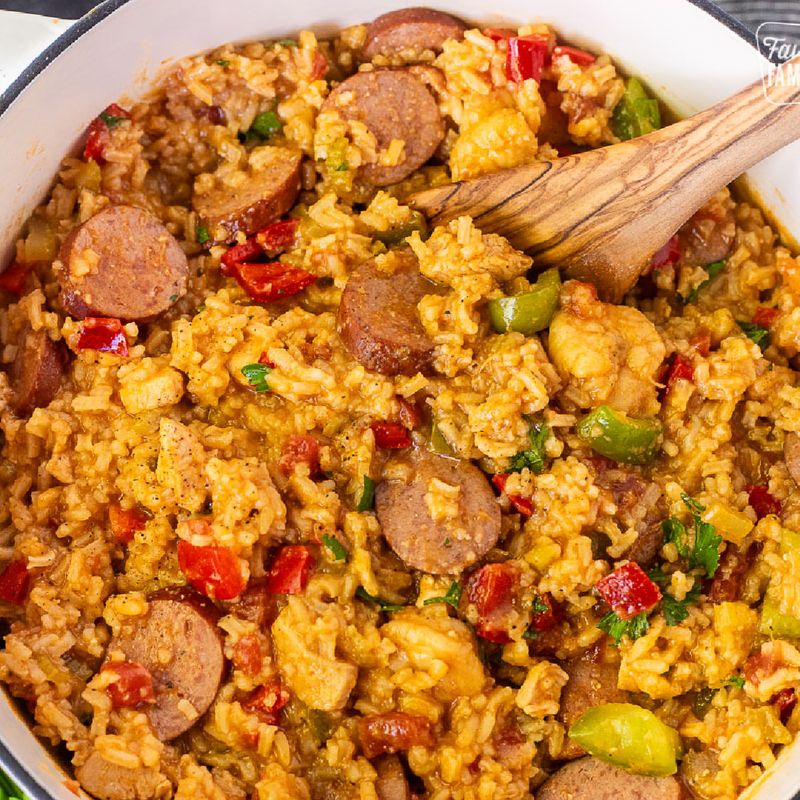
A well-crafted spice mix elevates jambalaya from good to extraordinary. Key spices include paprika for a rich color, thyme for earthiness, and cayenne pepper for heat. Adjust the spice level to your preference, keeping in mind that jambalaya should have a bit of a kick. Experiment with proportions to create a signature blend that reflects your taste. Remember, the spices should enhance, not overpower, the other ingredients. A balanced spice mix is the hallmark of a great jambalaya, adding layers of flavor that entice the palate.
6. The Importance of Stock
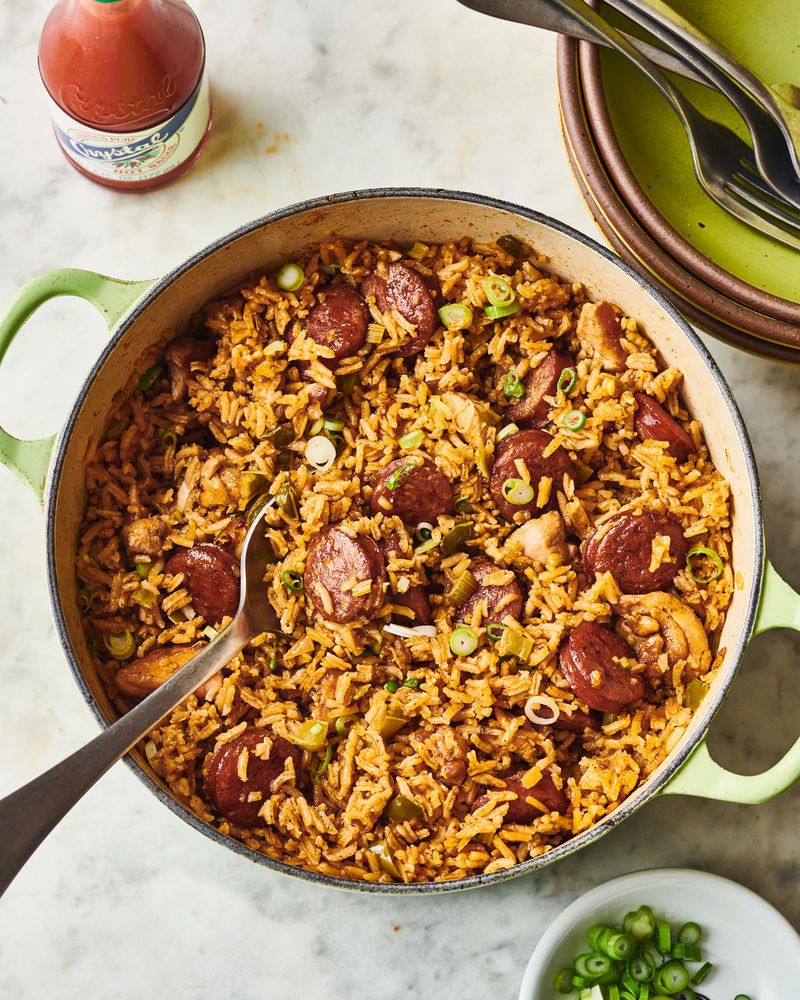
The stock is the lifeblood of jambalaya, infusing the rice and other ingredients with a depth of flavor. Use homemade chicken or seafood stock for the best results, as it carries more richness than store-bought options. Simmer the stock with additional herbs and spices to further enhance its flavor. This liquid not only cooks the rice but also unifies the dish, bringing together the diverse ingredients into a cohesive whole. Remember, the heart of your jambalaya is the stock, so investing time in it is essential.
7. Cooking Time and Patience
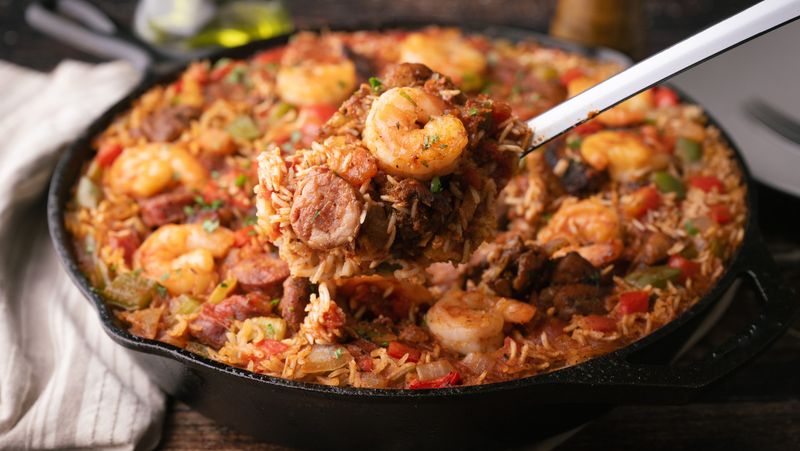
Cooking jambalaya is as much about timing as it is about ingredients. Allow the dish to simmer gently, letting the flavors meld together over time. Rushing the process can lead to undercooked rice or overcooked proteins. Stir occasionally to prevent sticking but avoid over-mixing, which can break down the rice. Patience truly pays off, as a slow-cooked jambalaya will reward you with a symphony of flavors and a perfect texture. It’s a labor of love that results in a dish that will be the star of your Mardi Gras feast.
8. Achieving the Perfect Consistency
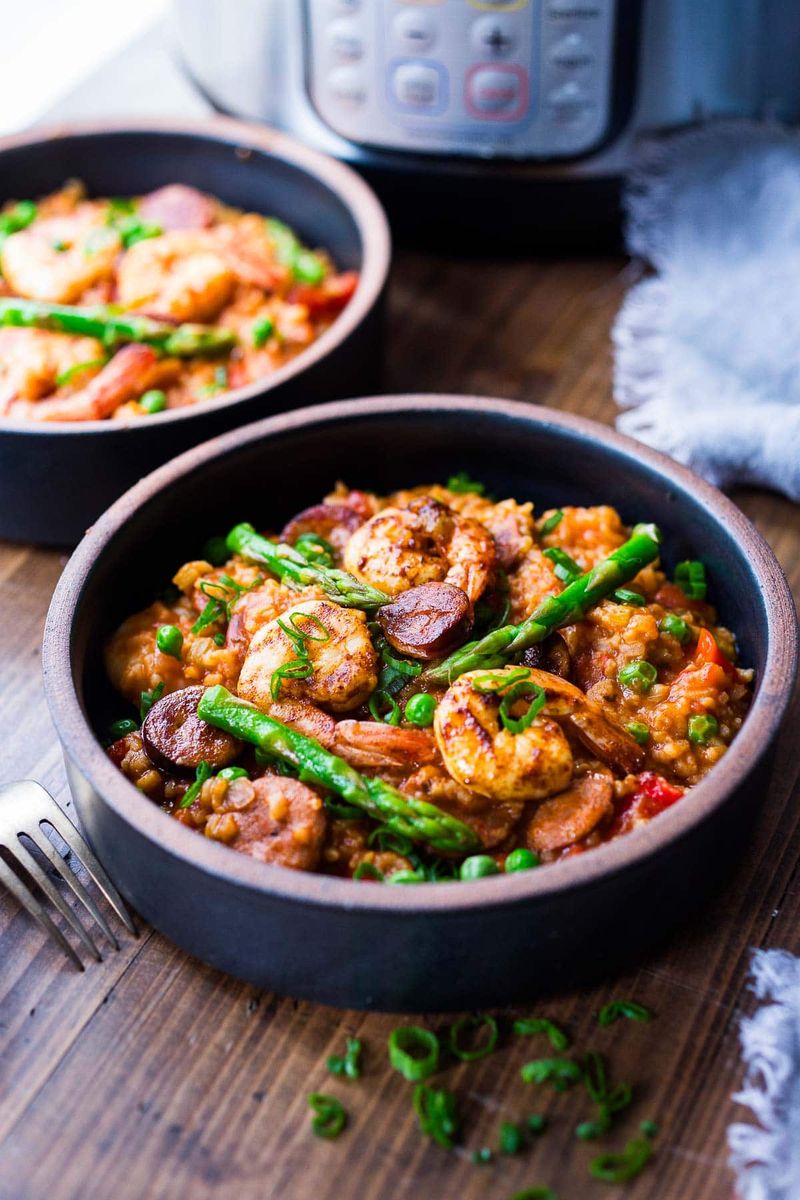
The ideal jambalaya consistency is somewhat dry, with separate grains of rice, yet moist enough to bind the flavors. Avoid adding too much liquid, as this can result in a soupy dish. Keep the pot covered while cooking to trap steam and ensure even cooking. Test the rice for doneness and adjust the liquid accordingly, adding a splash if necessary. The goal is a dish where each spoonful offers a tantalizing mix of textures and tastes, making it a true delight to savor.
9. Garnishing with Fresh Herbs
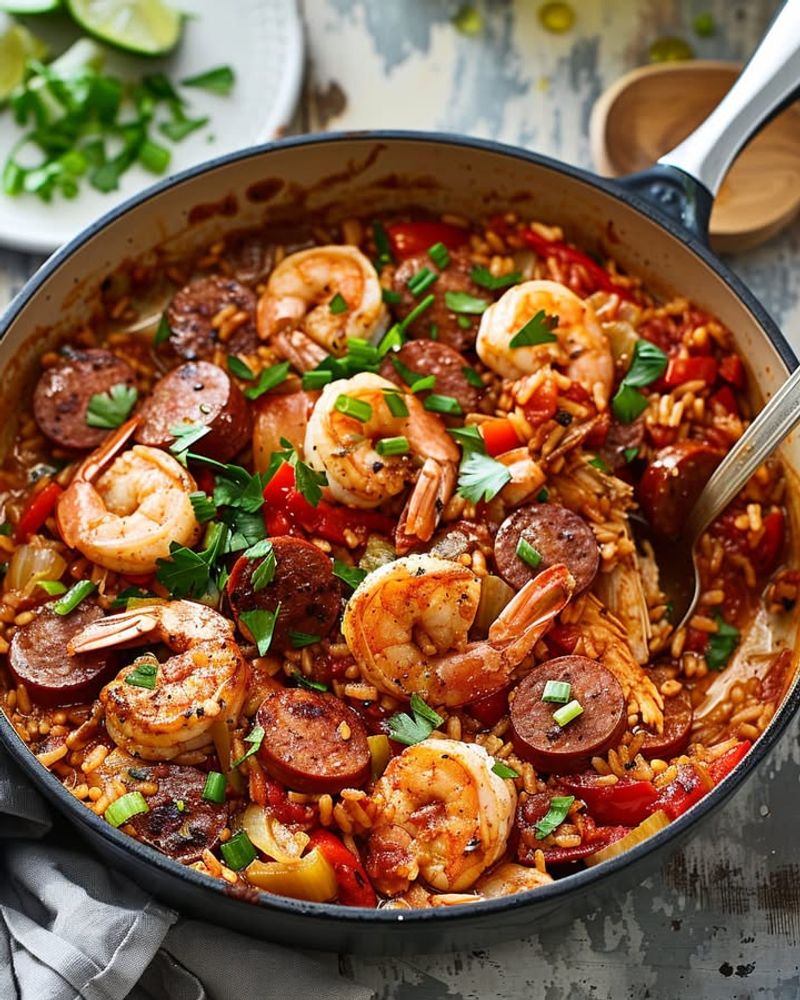
Finish your jambalaya with a flourish of fresh herbs like parsley and green onions. These add a burst of color and a fresh note that lifts the entire dish. Chop the herbs just before serving to preserve their vibrant flavor and aroma. Herbs offer a refreshing contrast to the rich, spiced base of the jambalaya, making every bite exciting. This final touch not only enhances the dish’s visual appeal but also adds an aromatic element that completes the overall experience.
10. Serving Suggestions
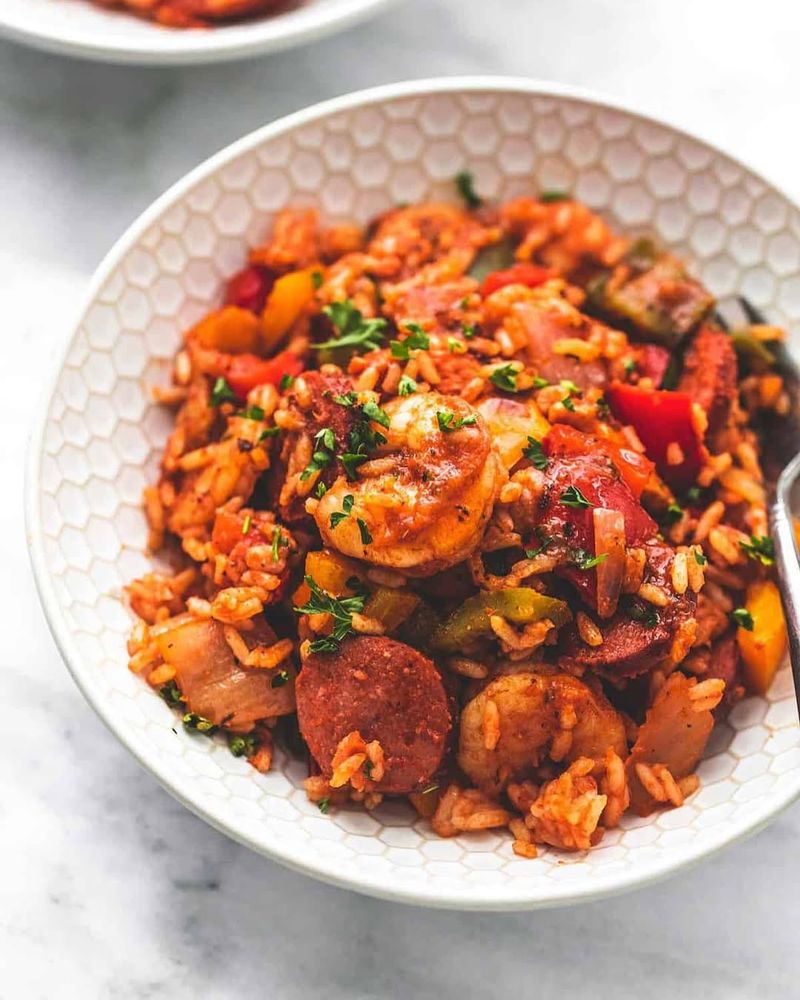
Serving jambalaya is an art in itself. Present it in a large, colorful dish that reflects the festive spirit of Mardi Gras. Pair it with traditional sides like cornbread or a simple green salad to complement the rich flavors. Use vibrant tableware to enhance the visual appeal and create an inviting atmosphere. Remember, the right presentation can elevate the dining experience, turning your jambalaya into the centerpiece of a memorable celebration. Let the dish speak for itself as a testament to your culinary prowess.
